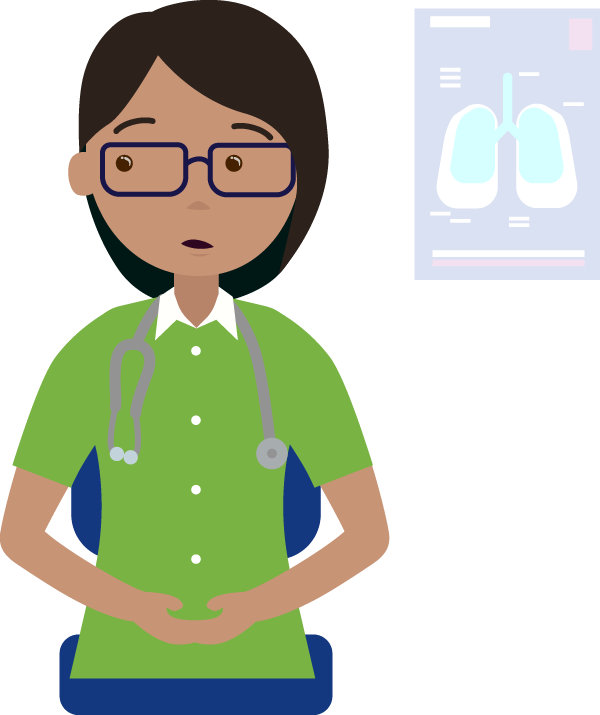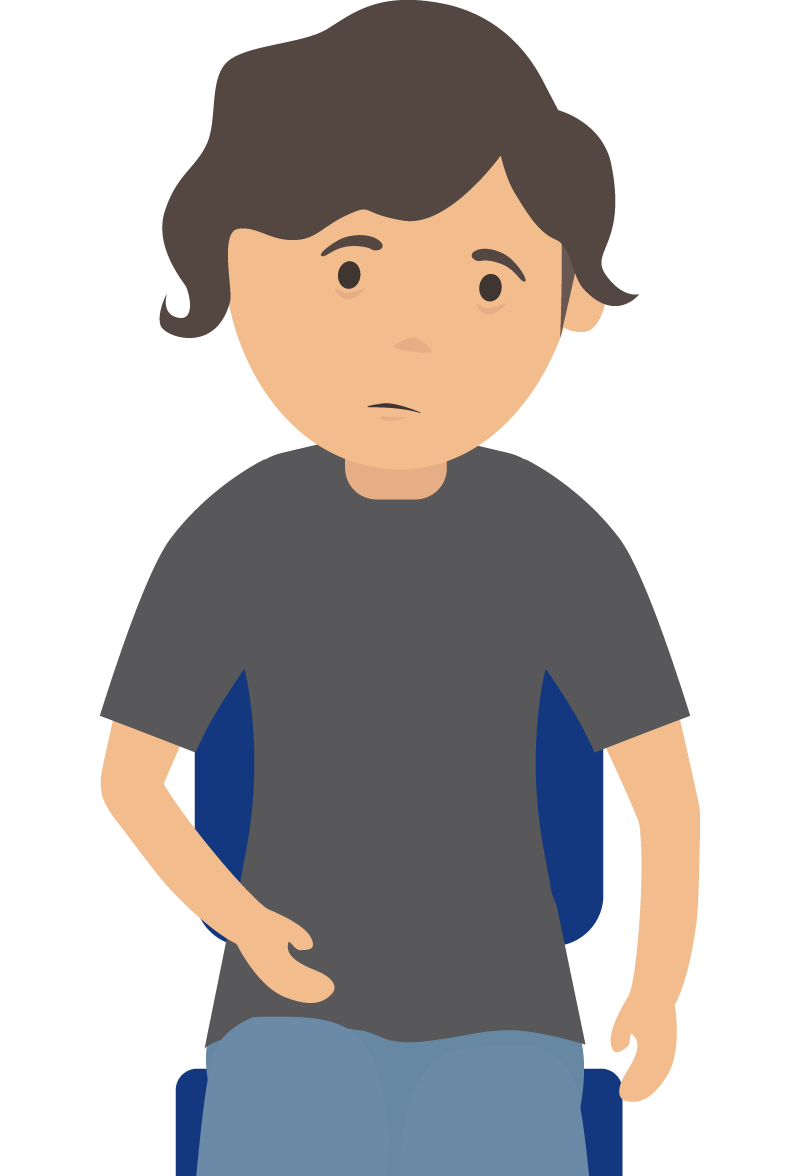Clare and Lily’s Story
Clare’s story: a health professional’s perspective

It was 4.40 on Friday afternoon. Clare walked out to the waiting room and felt her heart sink. There was Lily, a woman who had been coming to see her for about a year.
Lily was amazingly resilient, but her life was chaotic. Her appointments took forever—sorting out her latest crisis plus managing her health problems. Her son was with her this time, which meant there would be more to look at.
Lily had diabetes and depression, and despite all the time they spent trying to sort out her health, it never really made a difference. Why didn’t she follow the treatment plan? It was so frustrating.
Nearly all clinicians will recognise this scenario. There are times when the treatment plan never seems to make a difference. The consumer does not follow advice and you seem to be going in circles.
Lily’s story: a consumer’s perspective
Lily sank into the waiting room chair, exhausted. It had been such an effort just to get to her appointment. She had gone to work early so she could get away on time, but the school called and asked her to pick up Peter because he was sick.
Lily thought about what she had agreed with Clare last time and sighed. She promised to exercise four times a week, but she had only done it twice in the last month. It was so hard with three kids and a full- time job. Since George died, she had to manage everything on her own.
Now they would be short on time, because she had to bring Peter, who had another ear infection. How were they ever going to sort this all out? She just wanted to be well and give her kids the best home she could.

Most consumers know this feeling: we promise our healthcare providers we will do our exercises, floss, and quit smoking. And we really mean to. But by the next appointment we have not done it, because life gets busy and we need to prioritise other things.
Lily and Clare: a different story
Lily has been coming to see Clare for about a year. Lily has diabetes and depression but since her husband died, her biggest worry has been providing a stable home for her kids.
Clare has spent time understanding Lily’s priorities and helping her get support to sort out her housing issues. Now they are focused on how she can manage her depression better.
Lily takes medication for depression, but today they are talking about what other things might help. Clare discusses talking therapies with Lily and how they might help. She asks whether Lily knows anyone who has ever done it, or if she has any friends who have seen a psychologist.
Lily is interested in doing more than taking antidepressants but wants to think about it and talk to her friend. But she is worried too—life is always busy with three children and she is not sure how she will fit in more appointments.
They decide that Lily will talk to her friend and think about seeing a psychologist, and bring a decision to her next appointment. Clare also gives Lily some information from BeyondBlue, to help her understand how the different approaches might help.
Lily looks relieved and Clare feels like they are making progress. They have a plan.

